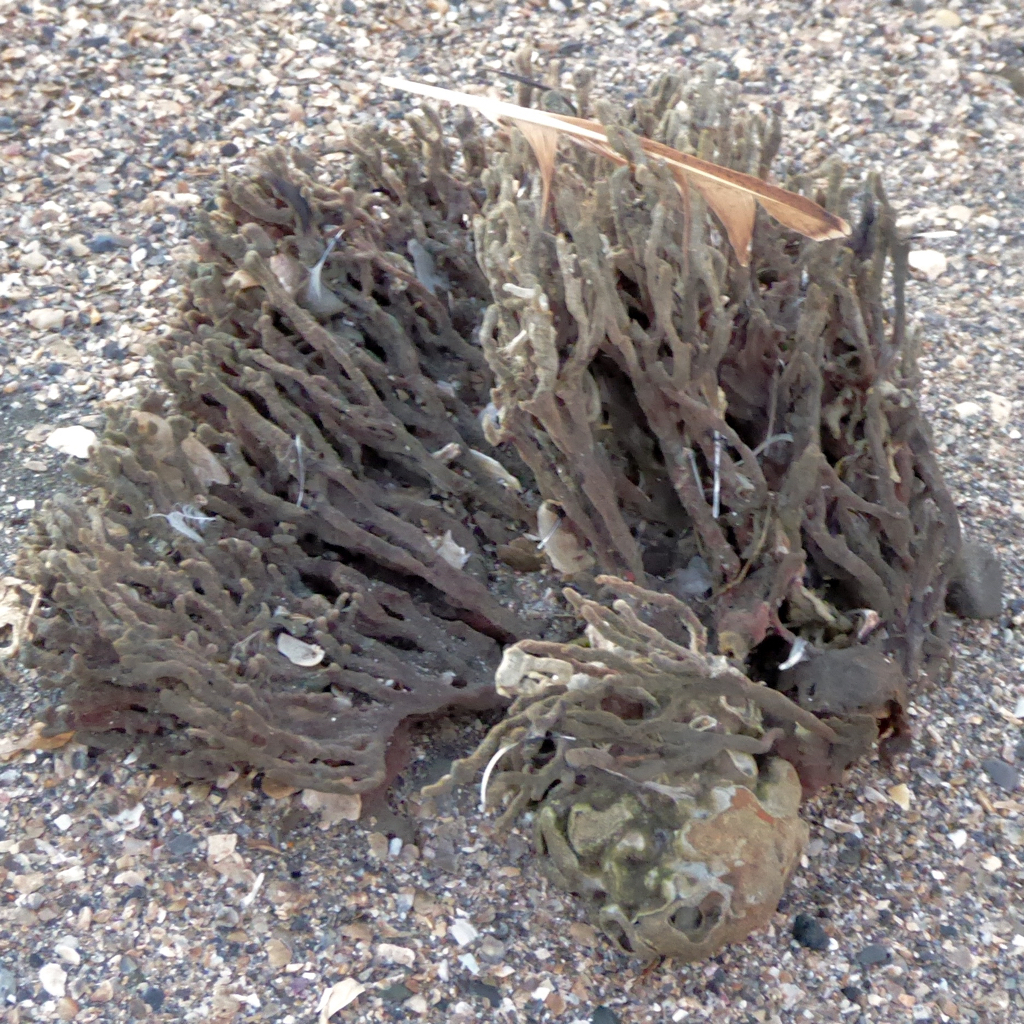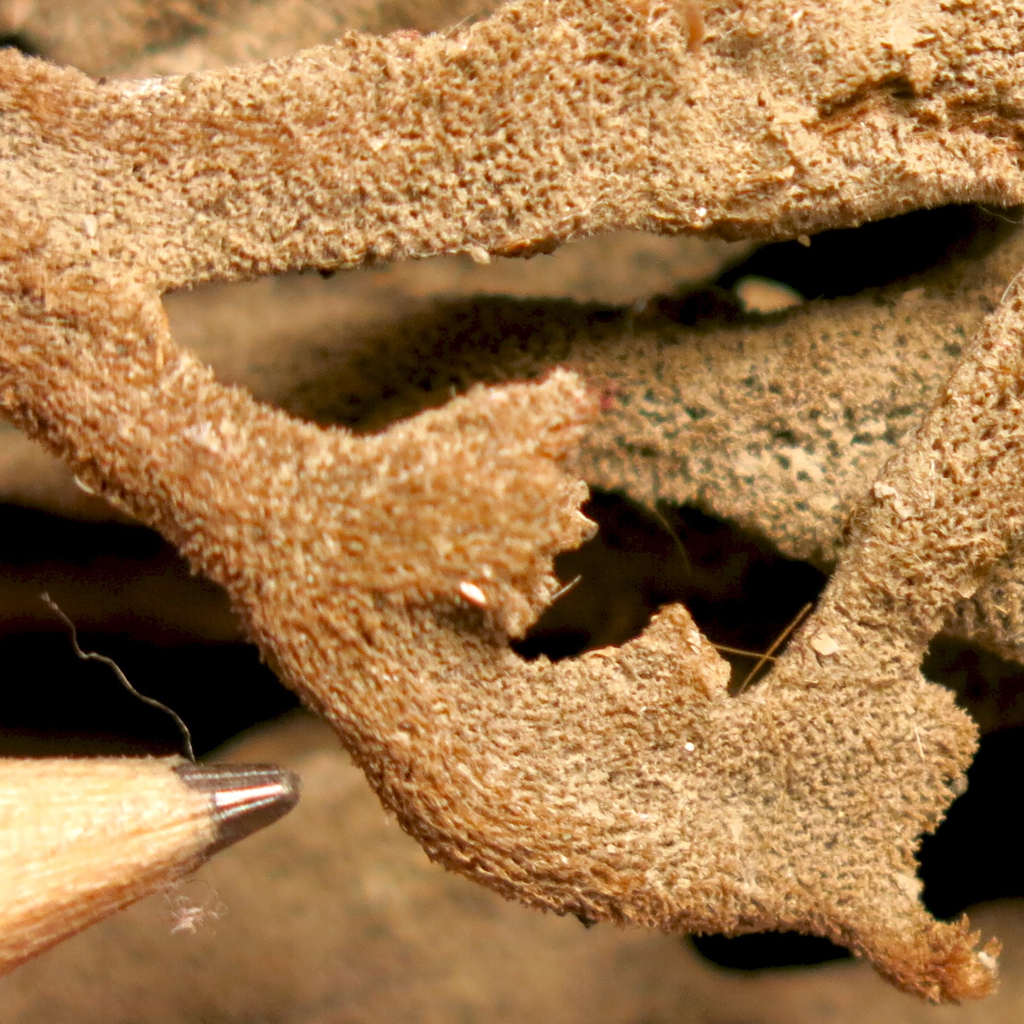14 years ago yesterday, on February 22, 2005, I published my first blog post. I didn’t tell anyone about my blog, but within a couple of days it had been found by the other Unitarian Universalist bloggers. There were maybe 40 explicitly Unitarian Universalist bloggers in 2005. Not many of those people are still writing UU blogs: Scott Wells and Vicky Weinstein are the only ones who come to mind.
This has been the most difficult year I’ve had since I started this blog. I developed a pulmonary embolism in mid-February, 2018, which didn’t get diagnosed until mid-April. That illness left me with little energy, and for much of the past twelve months about all I’ve been doing is sleeping and going to work (trust me, a pulmonary embolism is not something you ever want to have). As a result, I haven’t been putting much energy into this blog.
Another thing that made it hard for me to write blog posts: the reality of my father’s death finally sank in sometime in the last year. Since 2005, I’ve been writing blog posts primarily with my dad in mind. Mind you, he became incapable of reading in November, 2014 (he died in April, 2016), so the reality is that he hasn’t been reading this blog for nearly three years. Yeah, I know I’m a little slow on the uptake here. But I only recently figured out that I’m no longer sure who it is I’m writing for.
An interesting moment in my blogging year came in early August after my post Boomers, step away from the power structure. I heard from a number of UU Millennials that they were so pleased that a Baby Boomer named something that they’ve been seeing for quite some time: that we Baby Boomers are clinging to power within Unitarian Universalism. I also got some very thoughtful replies from Gen-Xers generally agreeing with me, but also offering nuanced critiques. And I also received a number of very vituperative replies from my fellow Boomers telling me what a jerk I was for saying that (and a couple that accused me of being — gasp! — a Millennial); a few Boomers got so out of hand that I had to remove the post and ban a couple of people from ever commenting on this blog again.
One of the interesting things about blogging these days is that I no longer expect many comments; my best posts these days are longer, more thoughtful pieces where I try to present well-researched information that will be of interest over the long term. Here are some examples of such longer posts from the past year:
Deities of non-binary gender, posted in January, is probably going to turn into an ongoing series; I’m curious about the many deities around the world with what we Westerners would call non-binary gender (although other cultures have different terminology), and I want to do some more research on the topic. In Decline, or… I proposed that demographics and finances are the two biggest challenges facing UUism today: money is tight, we’re too damn white; this is a theme I probably be returning to. In October, I posted a retelling of a classic Buddhist story, The Tale of the Dhak Tree, which is better known in the West in the form of the blind men who argue about what an elephant is; this is part of a multi-year series of stories for kids from various religious traditions. September saw a post on Global vs. local atheisms in which I point out that a concept in Indian philosophy has relevance to us today. In July, I outlined the Principles behind Sunday school Ecojustice Class, for anyone thinking of adding ecojustice (which is different from upper middle class environmentalism) to their religious education programs.
So happy 14th birthday to this blog. I’m looking forward to another year of long thoughtful posts, along with the usual mix of polemics and fluff and fun. I hope you’ll keep on reading what I write!


